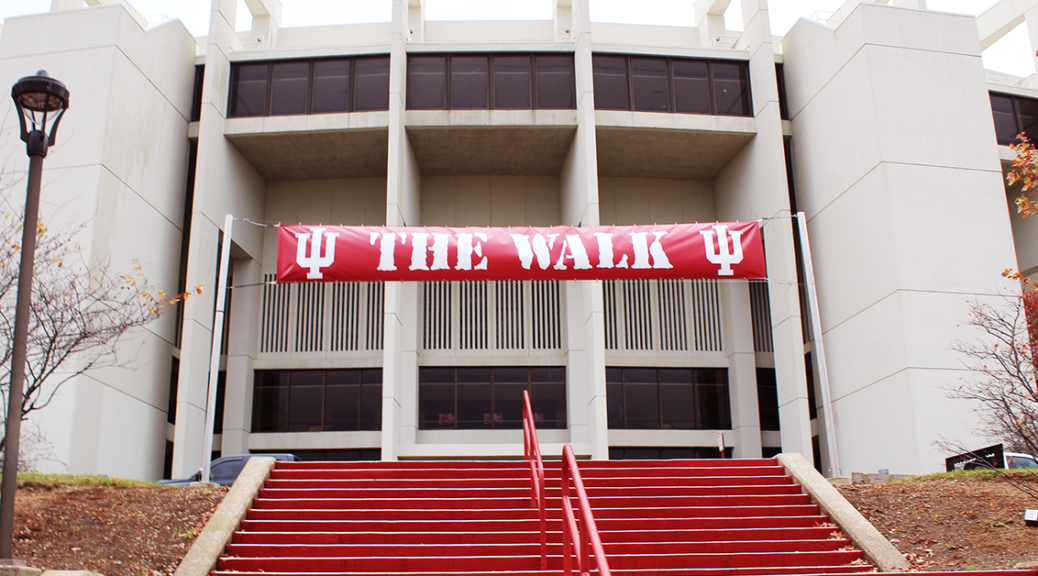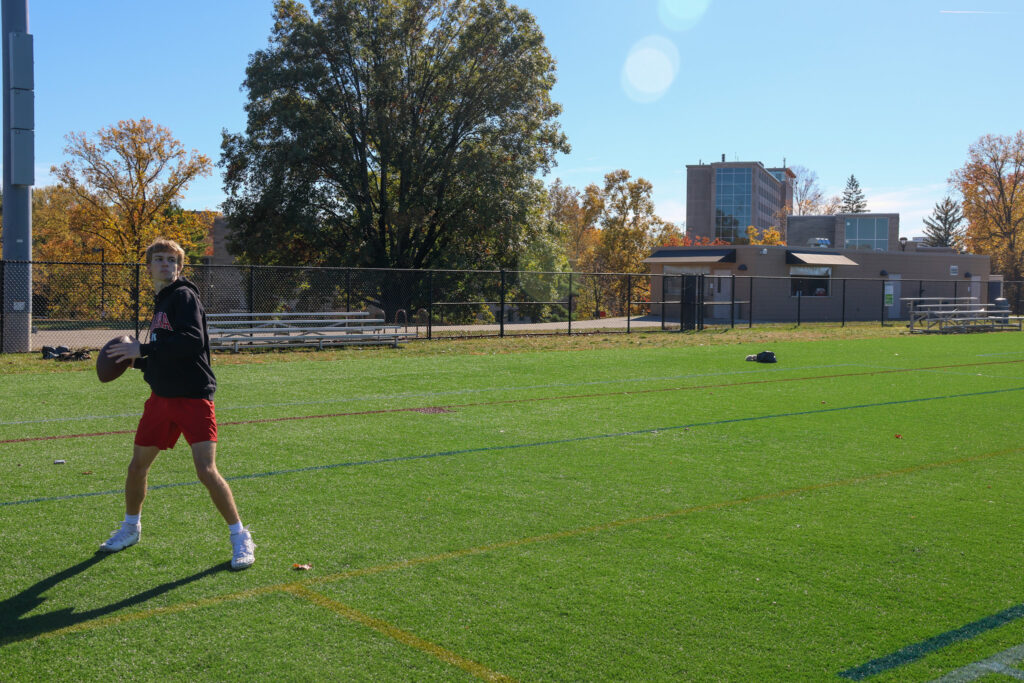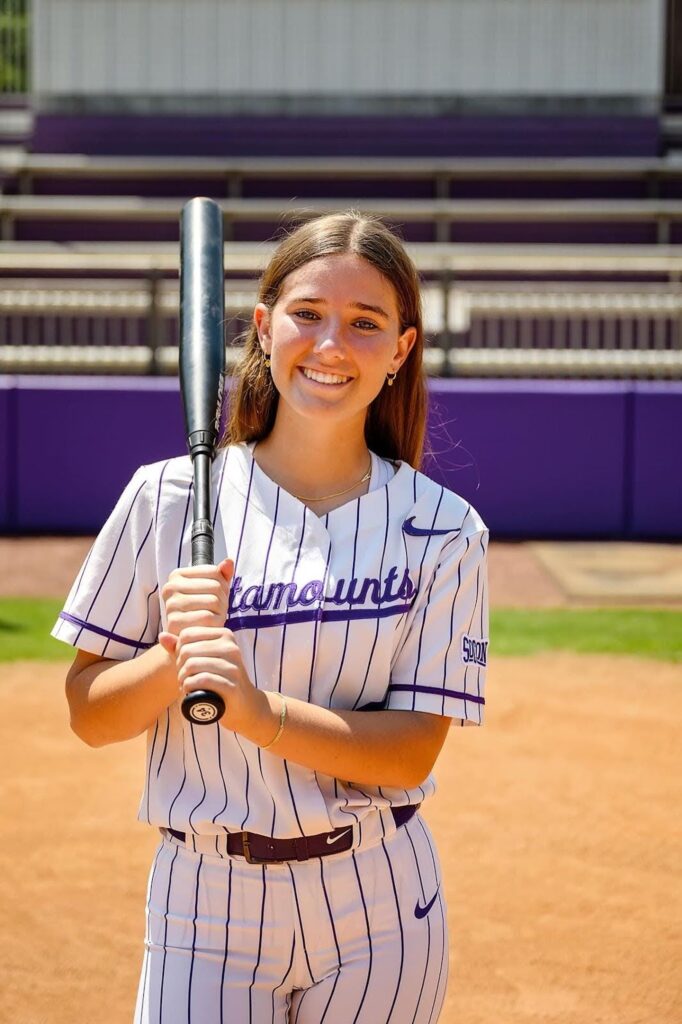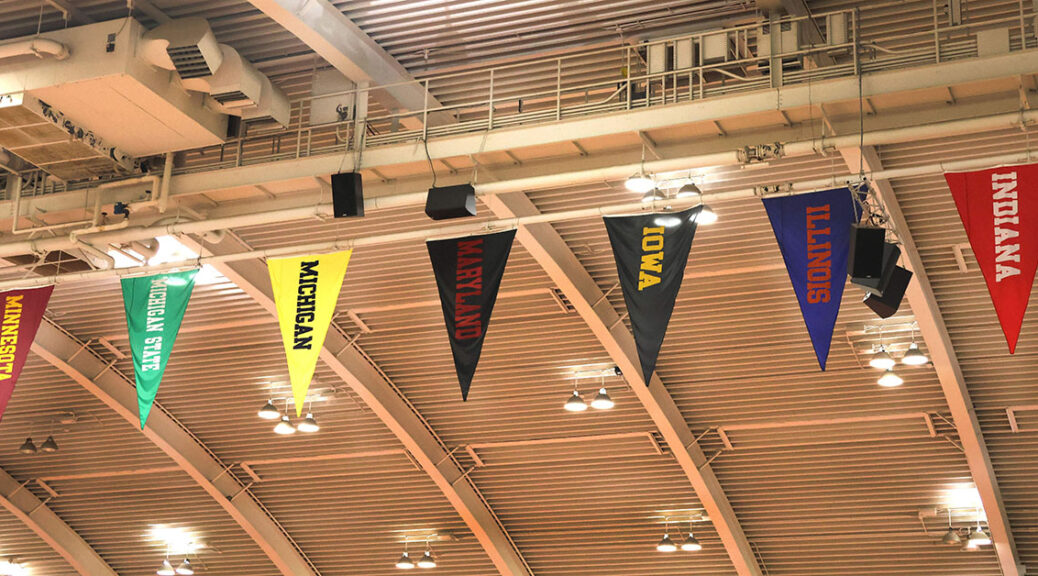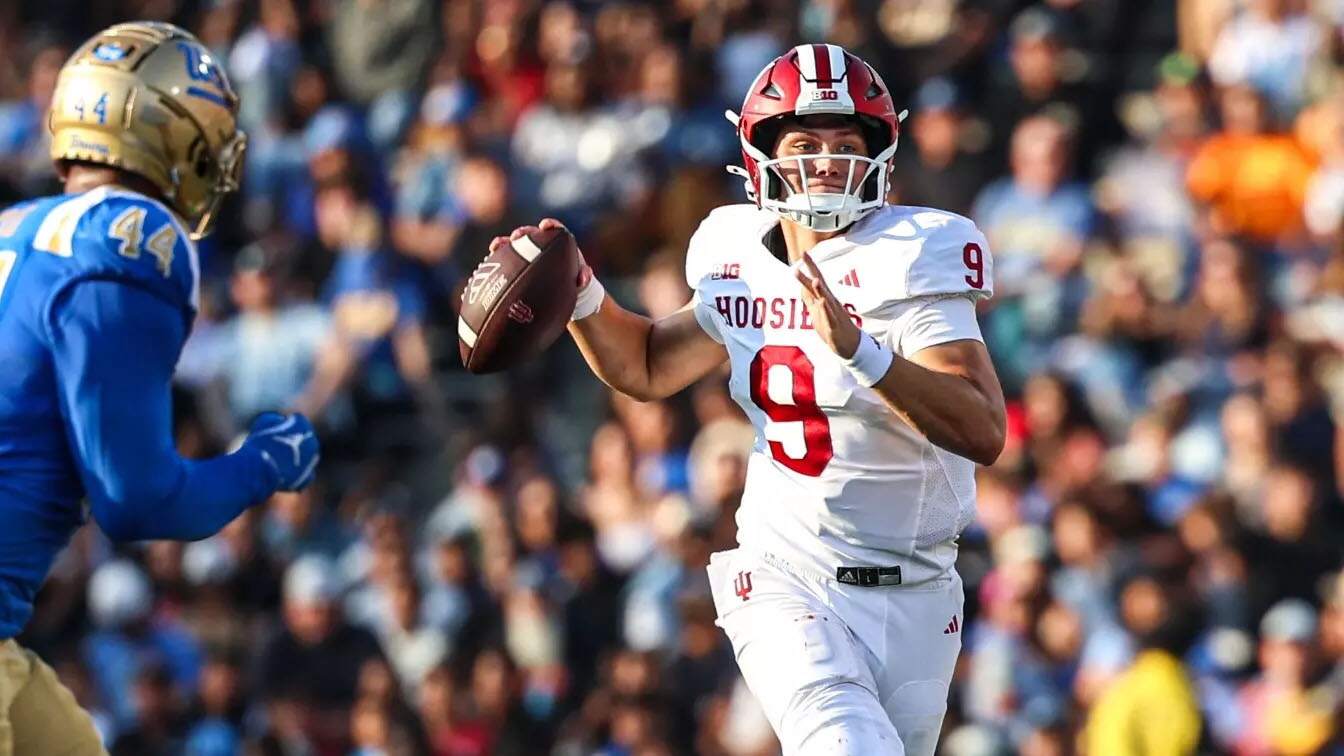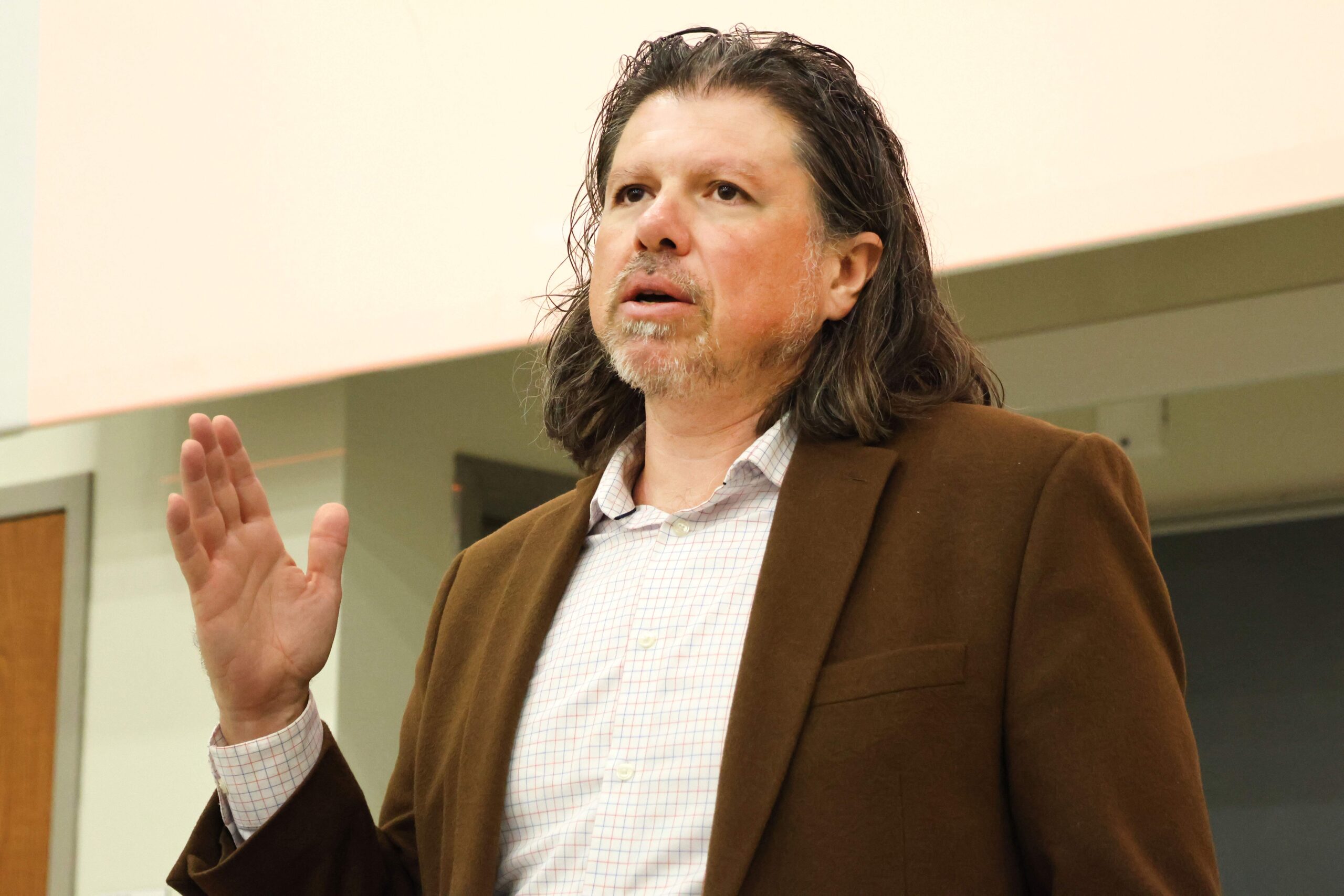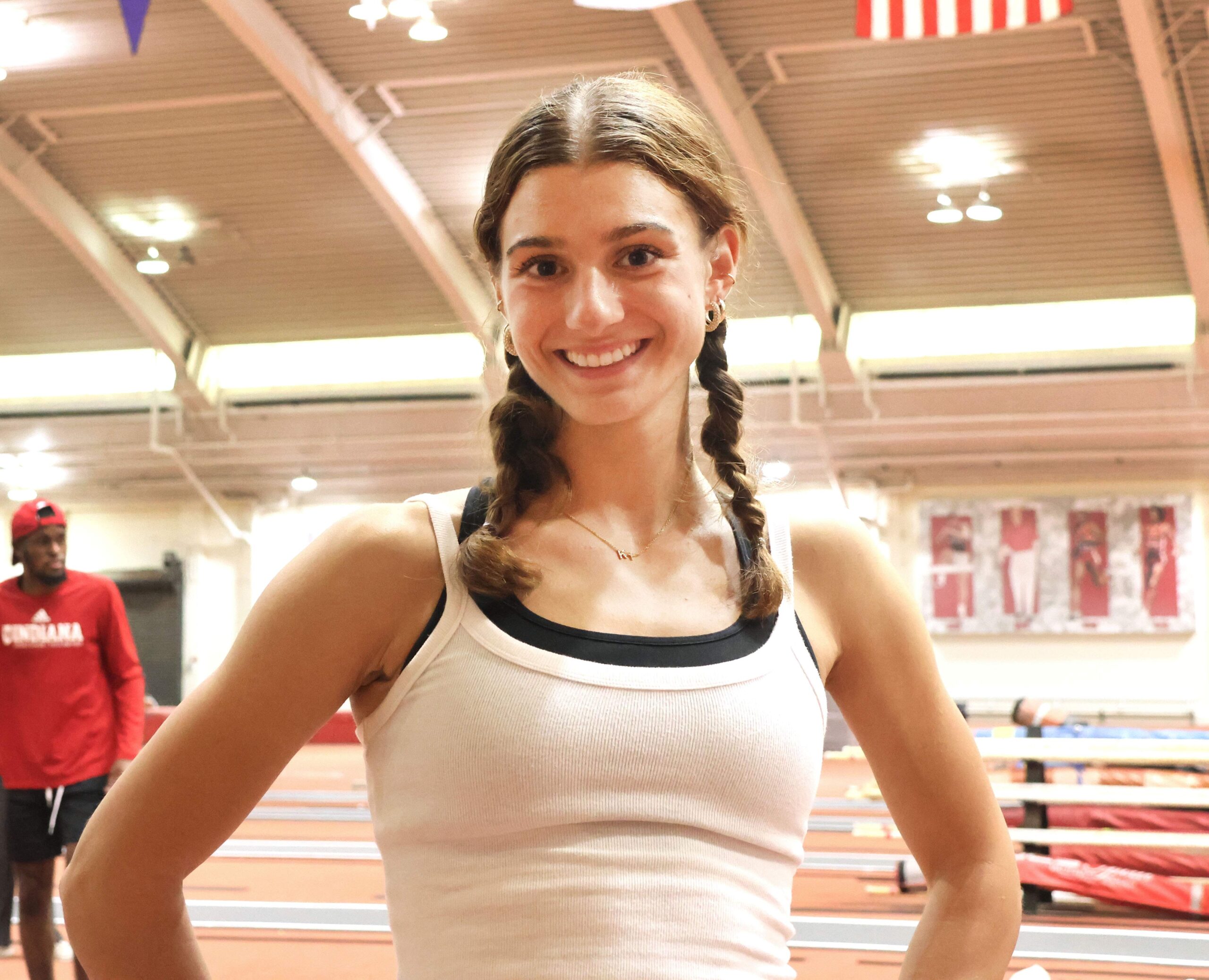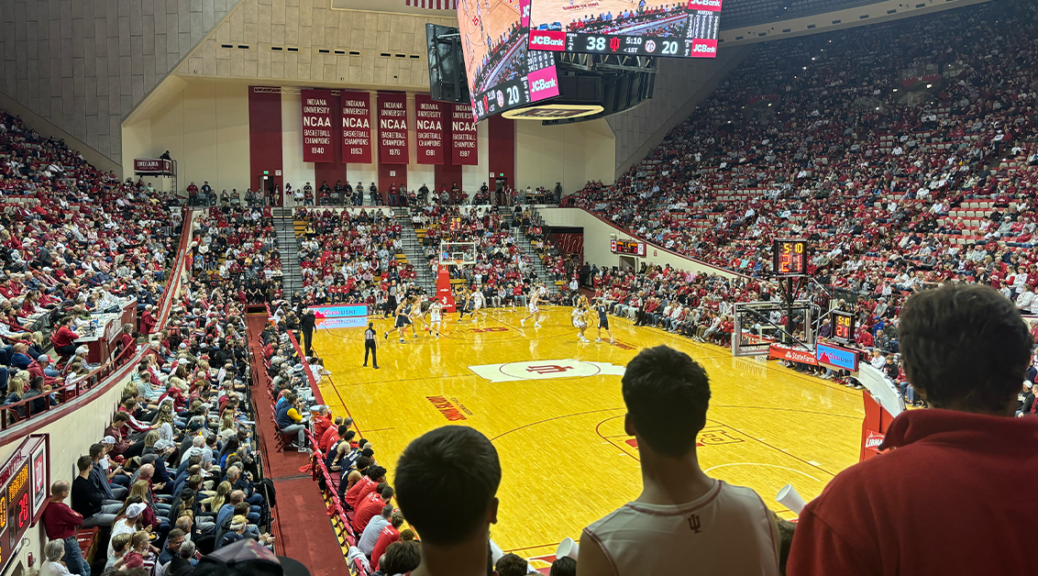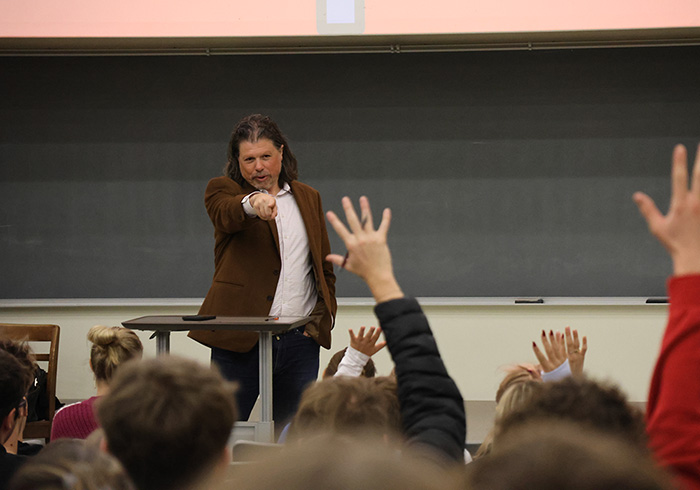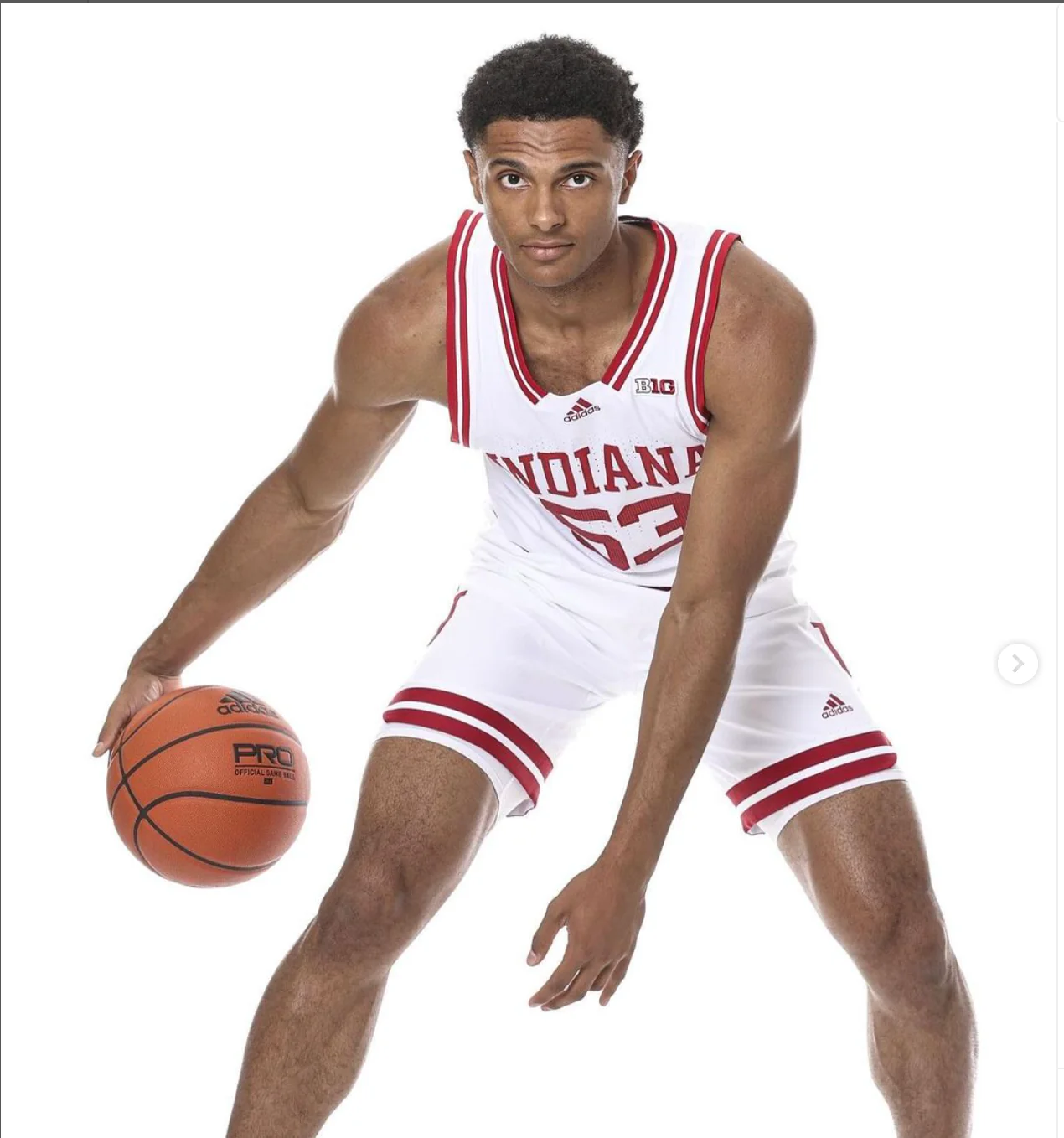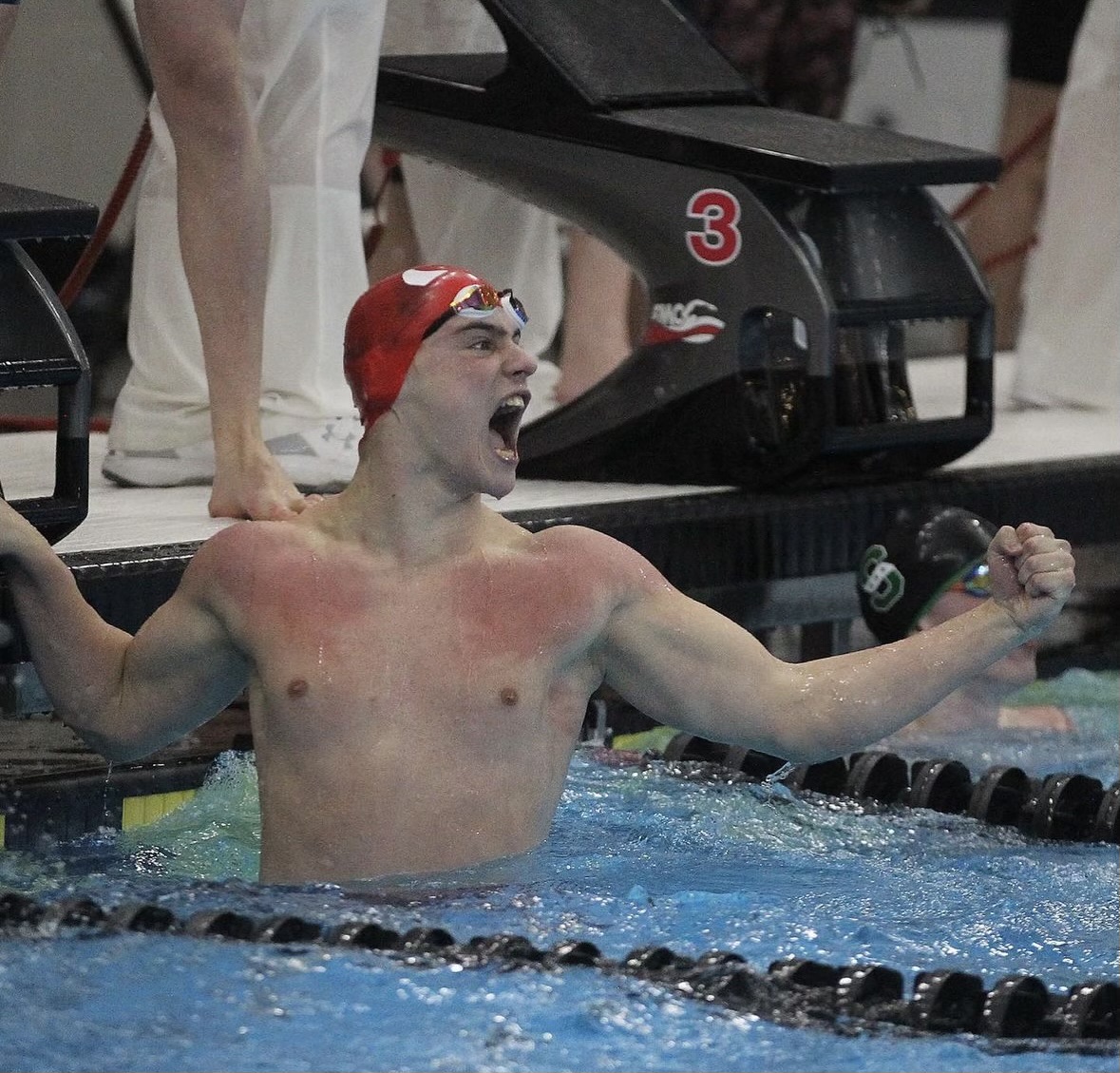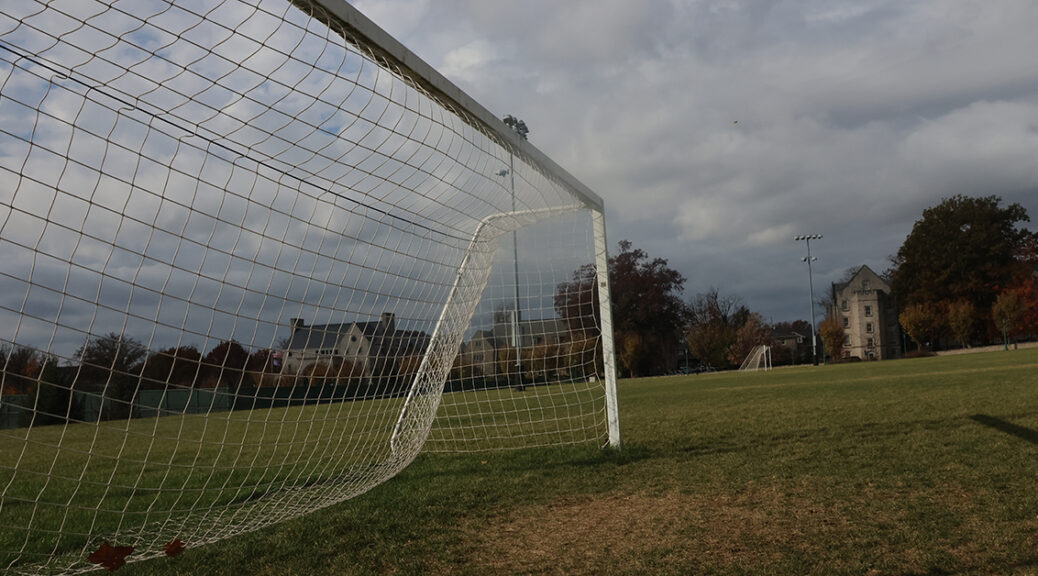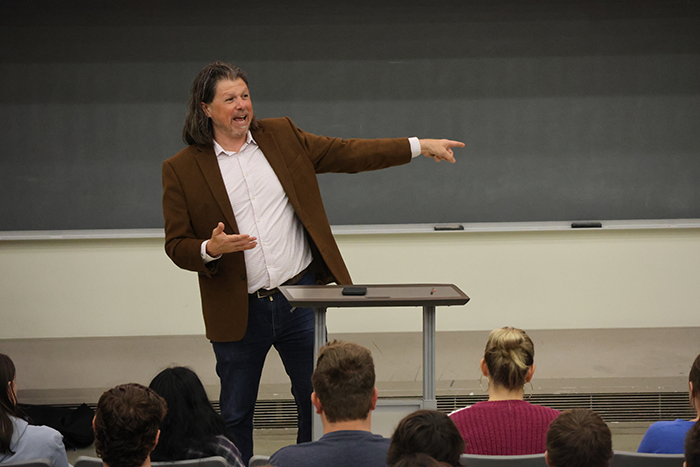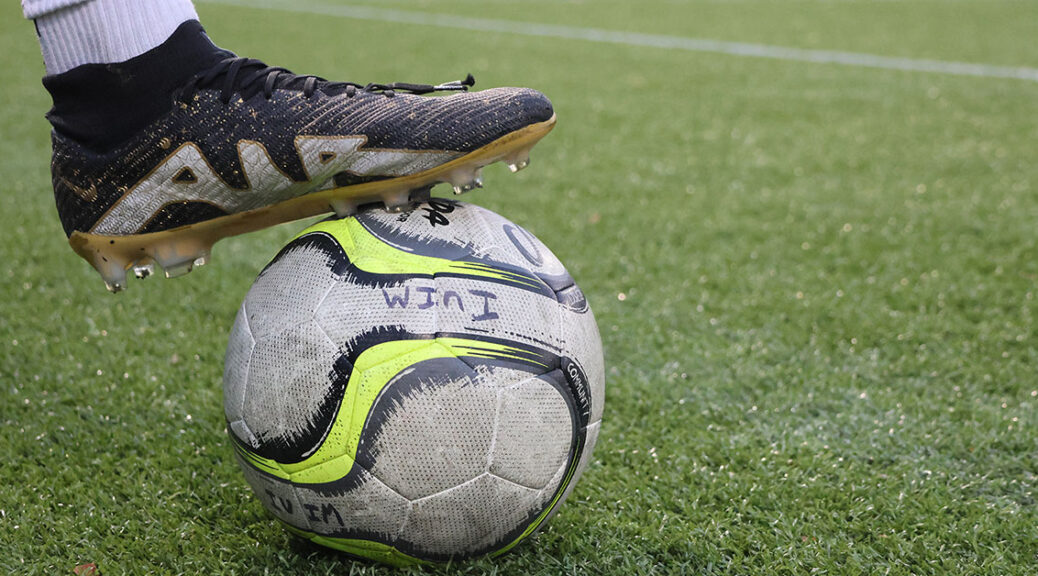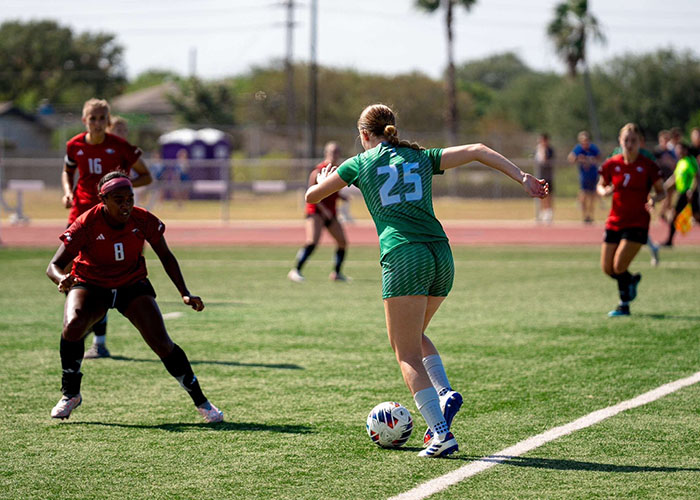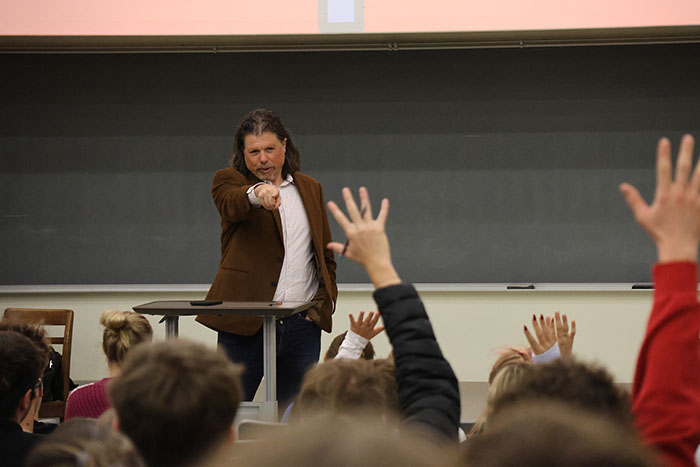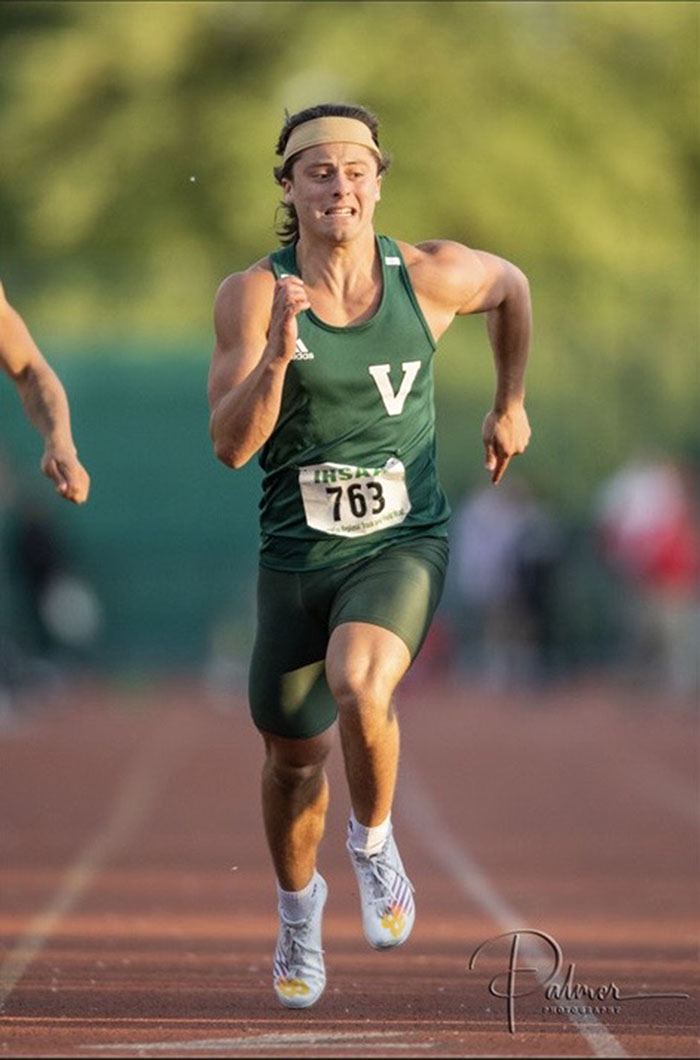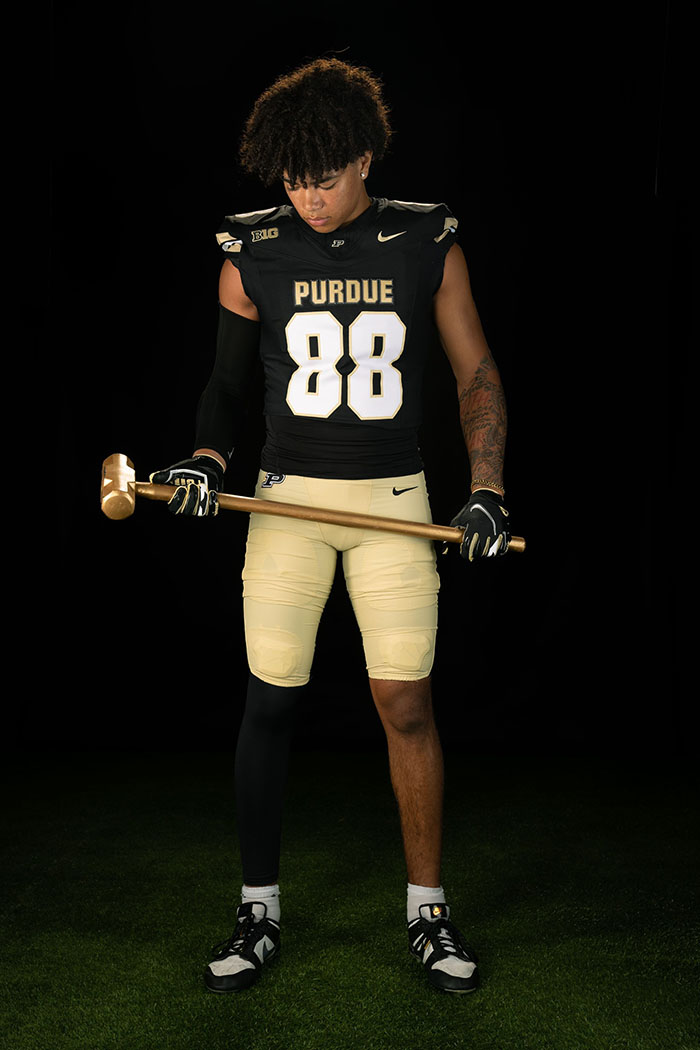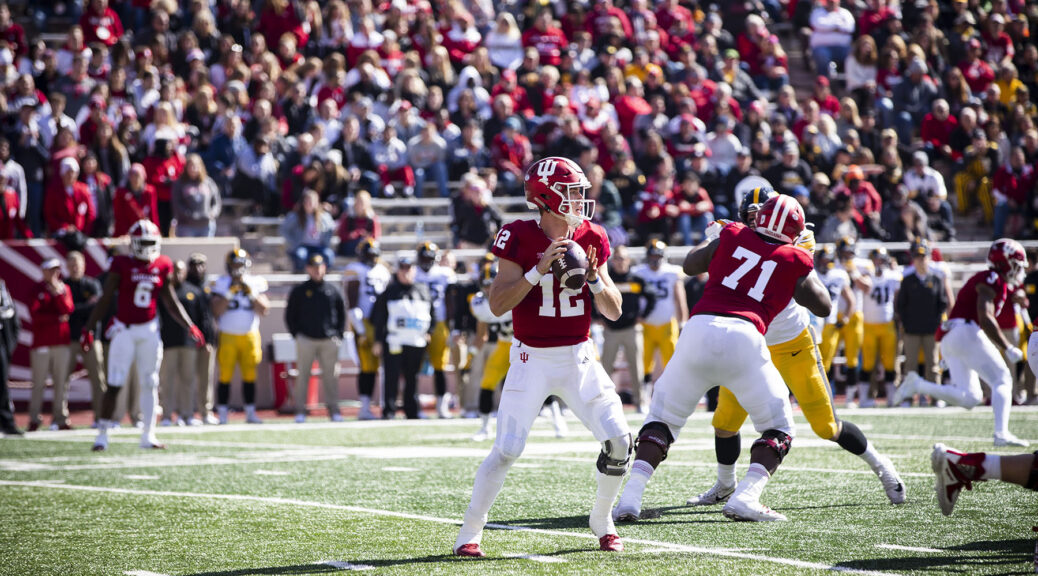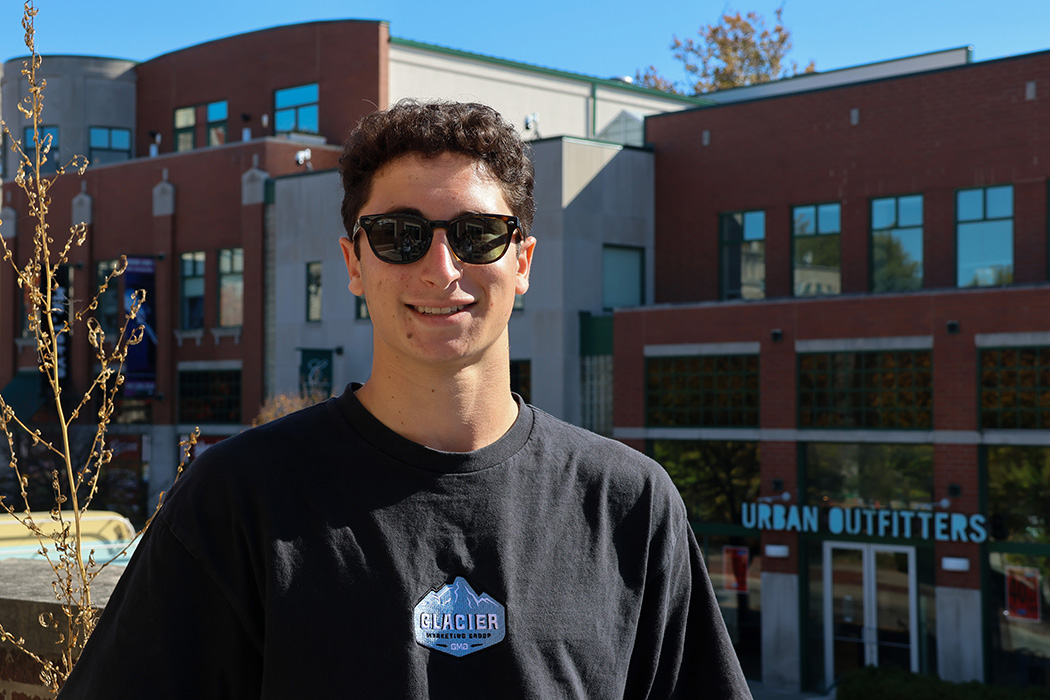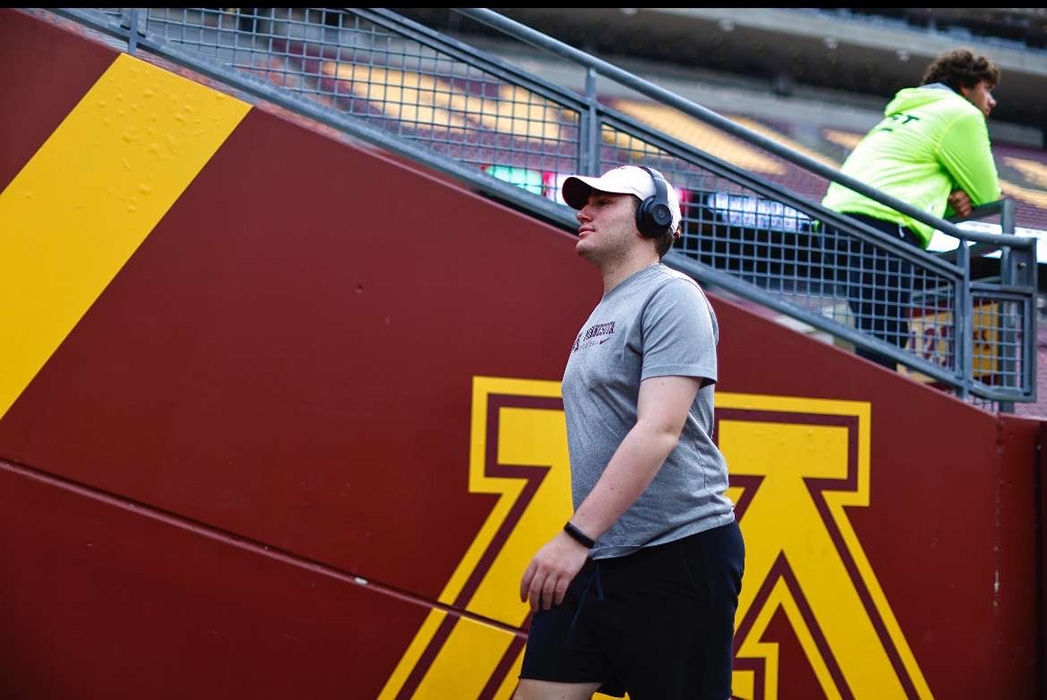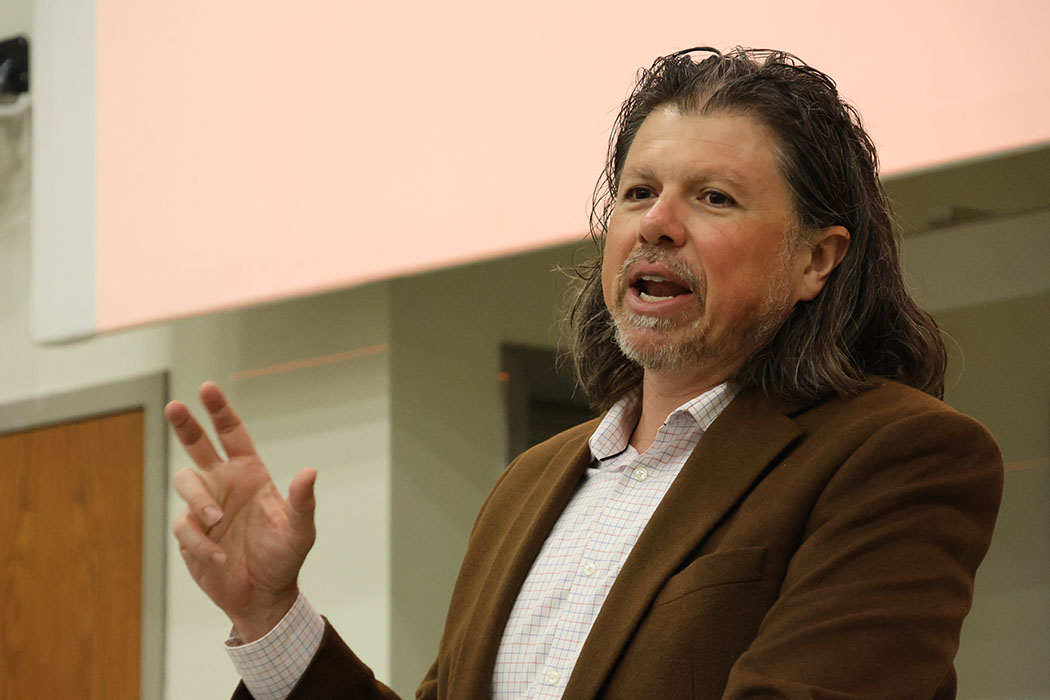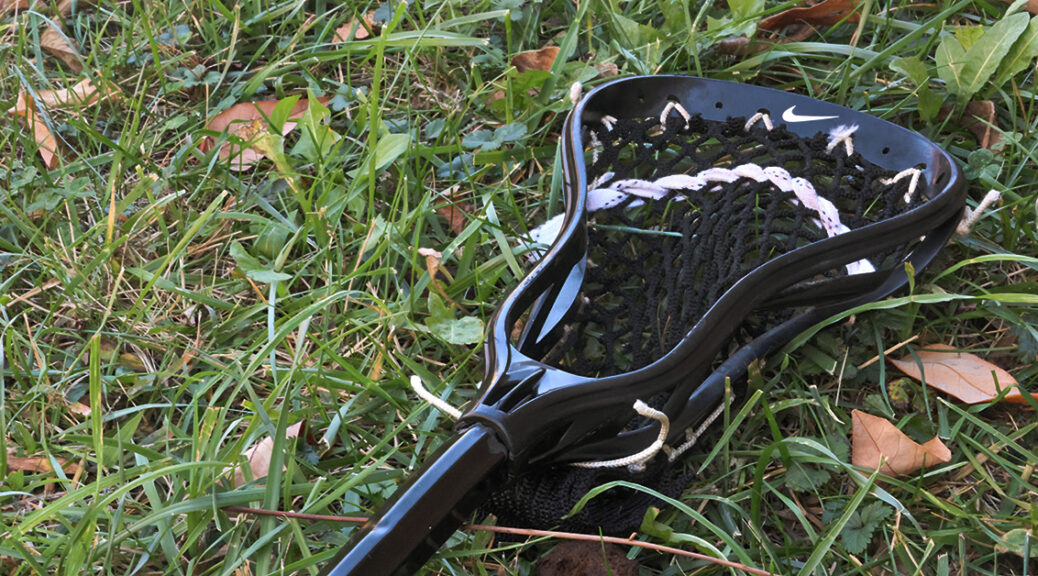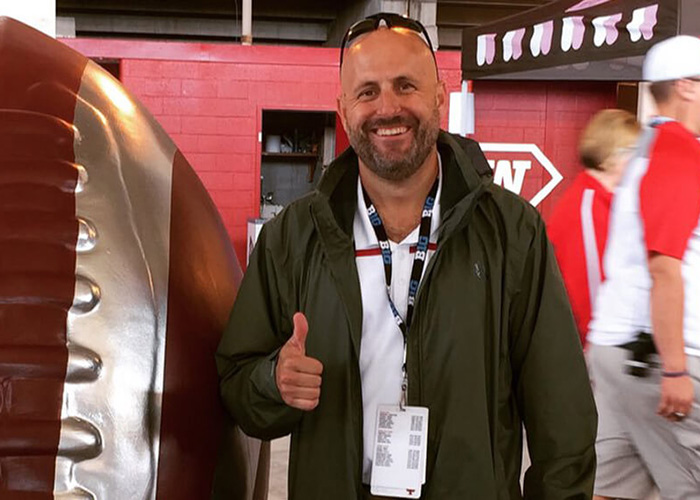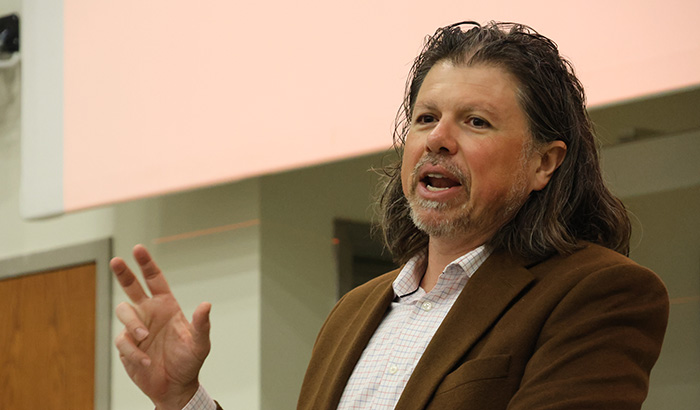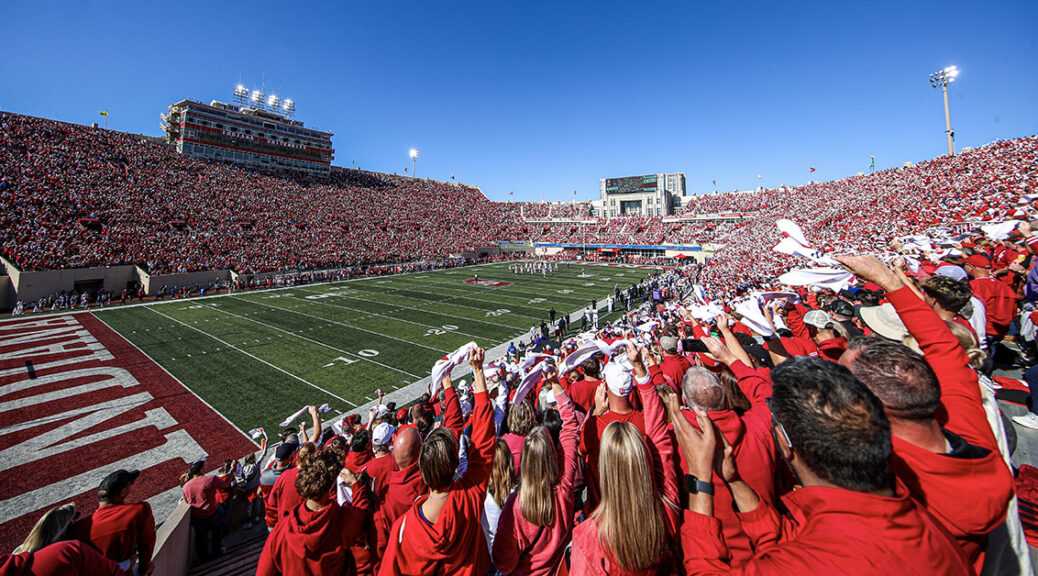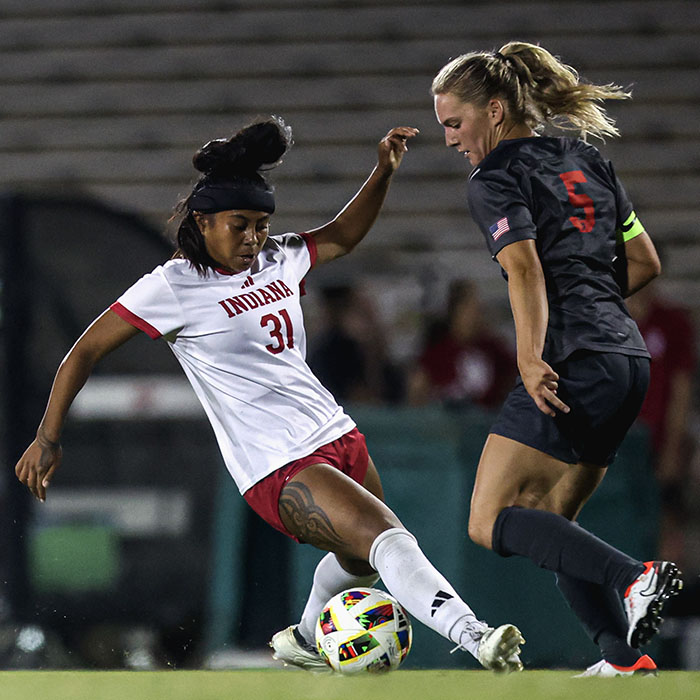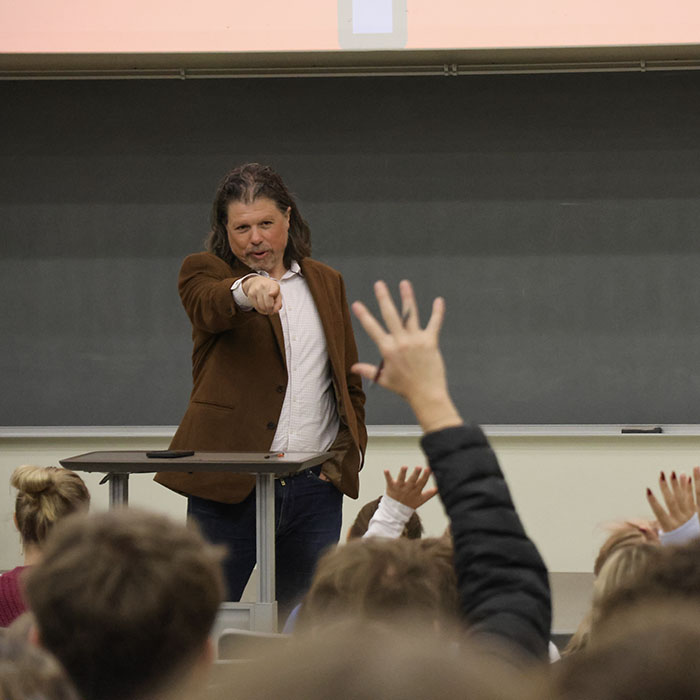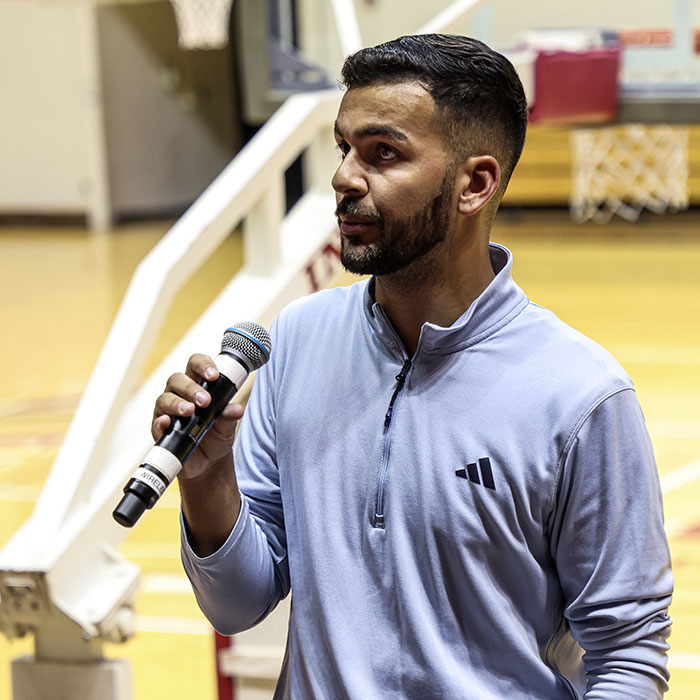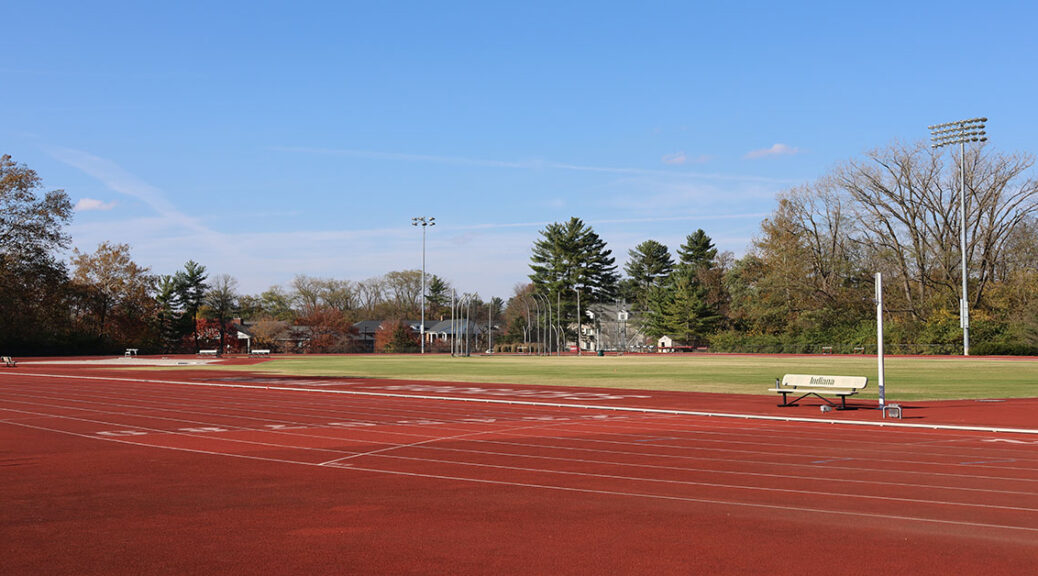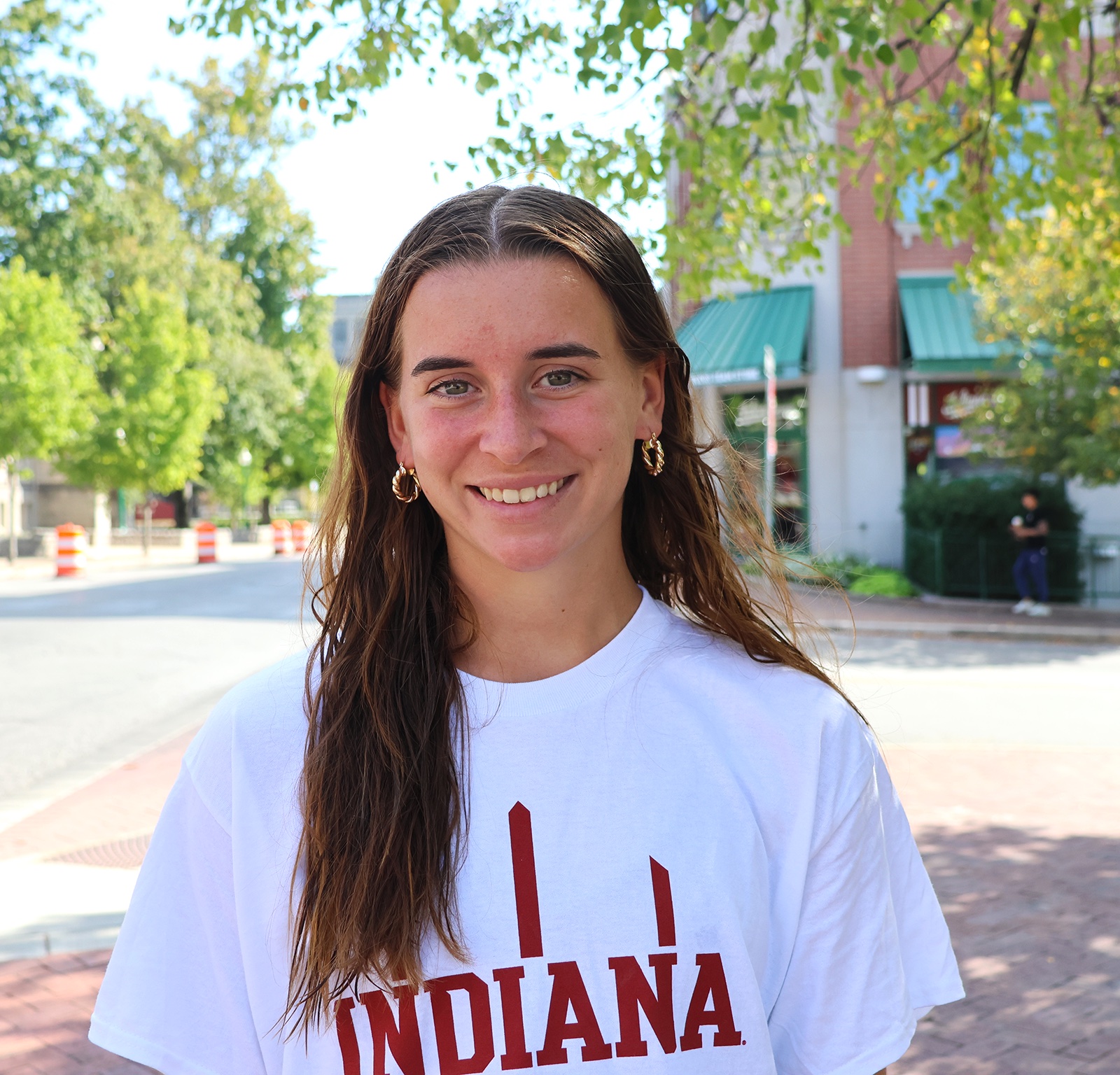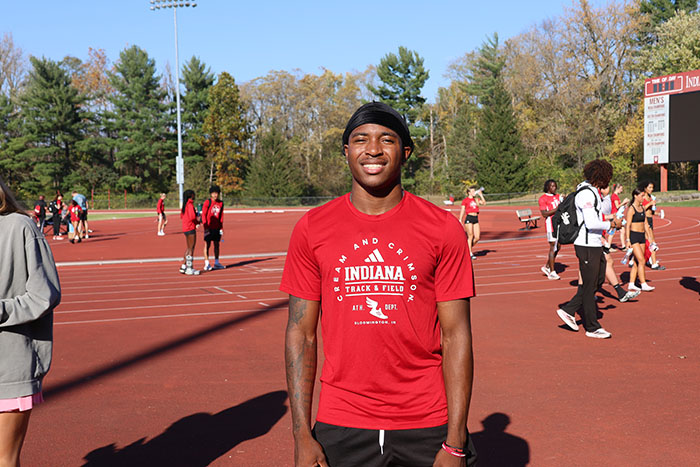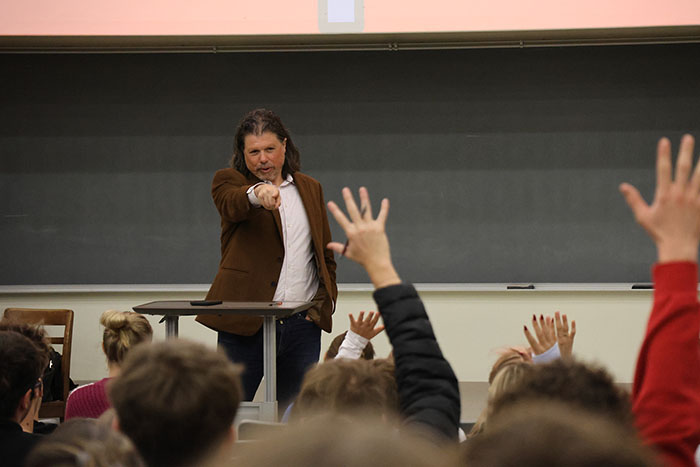NIL and its Impact on Recruits
Money is one of three things.
Money is good. Money is manipulative. Money is powerful.
Dave Ramsey, founder of Ramsey Solutions, once said, “We’re blessed to be a blessing, to bring light to a dark world… I want to find how many ways a $20 bill or $100 bill or more can become a generosity butterfly.”
Money is good.
Jordan Belfort was one of the most successful people in all of America in the 90’s. Belfort was not born into wealth but rather created it himself through his company Stratton Oakmont, a stock brokerage firm. Belfort was eventually arrested and convicted on charges of fraud and money laundering. Years later when he was asked about why he did it, Belfort said, “I got greedy.” A man who came from nothing got the taste of money and lost everything because of greed.
Money is manipulative.
When President Donald Trump was running for election in 2016 a lot was asked about his business and specifically what he did with his money. He made one remark saying when he was a businessman, he would give to both republicans and democrats. Why they asked, “because when I needed a favor, I knew who to call,” said Trump.
Money is Powerful.
Knowing the strong impacts of money makes the topic of name, image, and likeliness (NIL) so interesting, and specifically the impacts it has on recruiting. Can it all get chalked up to being a good thing that college athletes are being paid or is there more to it. Is money manipulating kids into making decisions on where to attend school or giving universities power over young adults?
During this current football season, the quarterback from UNLV sat out of games and ultimately transferred due to not receiving a payment he was promised during recruiting. Dr Galen Clavio, an expert on NIL, said, “If he was promised all of that money and it wasn’t delivered (then) why should he stay.”
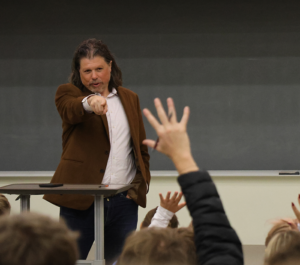
UNLV was undefeated and ranked prior to the quarterback’s decision to transfer out. Knowing this must make one ask, was going to UNLV only about the money and not the school or quality of the team? Also, Did UNLV use the incentive of money as power to get a recruit? It would not be outrageous to assume so, considering how it all played out. And if this is going down at UNLV, a Group of 5 school that wouldn’t nearly have the source of revenue and donor money a Power 4 school would have, is this happening at a much larger level elsewhere?
We interviewed three different Division I athletes and asked them all the same questions. First what NIL deals do they have, was money brought up during recruiting and if so, what impact did that have. Finally, what made them decide to go to school where they did?
Drew Thompson, a freshman that plays soccer here at Indiana University, said, “My only NIL deal is through the school with the Indiana NIL Store, but nothing with outside companies or anything like that.” He then said, “Money was never brought up in recruiting and had no impact. I landed on IU because of the coaches and the success of the program. But also, it’s close to home and I’ve always been a fan.”
Spencer Porath, the starting football kicker at Purdue University, had a similar response to Thompson on the first question, saying, “My NIL deals come through the school at our (NIL) store. I don’t have any other deals with companies but some of my teammates do.” When asked about how they go about getting those deals, Porath said, “It just depends on person to person.” I then asked him about his thoughts on NIL impact on recruits, Porath said, “I can only really speak on my own recruiting process but I’m sure that it might affect more people than others, personally though it didn’t even really come to my mind.” I then asked him if NIL was brought up during recruiting and he responded, “No I didn’t even know how it would work until I was signed.” Finally, I asked what made him choose Purdue. “I liked the kicking coach a lot and it came down to scholarships and play time. The rules for offering kickers scholarships are different [from] other positions so Purdue could offer me a full ride and I could start as a freshman.”
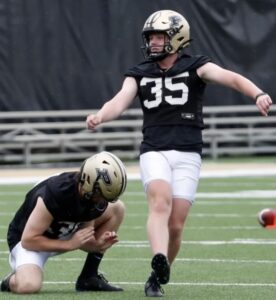
Our final interviewee chose to stay anonymous. He is a football player at a Power 4 school now after transferring in from a Group of 5 after two seasons there. “Here, I have one through the school and two with local companies on campus.” When asked how that compared to his previous school, he said, “There really wasn’t NIL where I came from.” We then asked what impact that had on his decision to leave, he said, “It was one factor but not everything. I wanted to leave because I could play at a higher level of football and that would help with my ultimate goal of making it to the NFL.” Ultimately, when asked why he chose the school he did over other schools he had offers from to transfer to, he said, “Coaching was a factor for sure, so was money. I was promised some money to come here which was obviously appealing but also just the goal of getting to the next level, I thought that was most obtainable here.”
As a new generation of athletes, many of which have had the influence of social media and the internet around their entire lives, become more and more involved in different schools’ programs, it’s clear that while NIL is certainly a factor students are paying more and more attention to. However, it seems that lately it still remains only one factor taken into consideration along with things like scholarships and coaching, as these athletes work to reach their goals.
###


